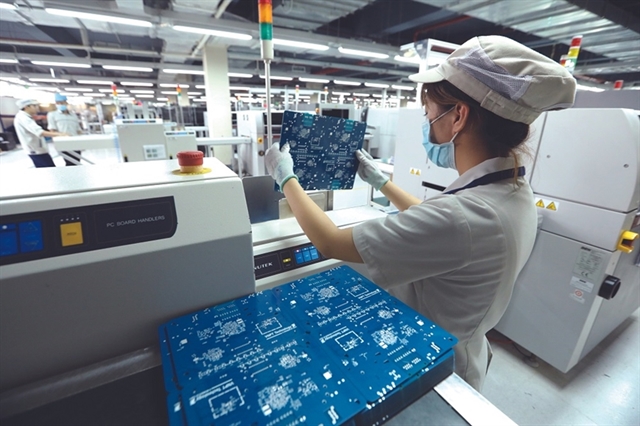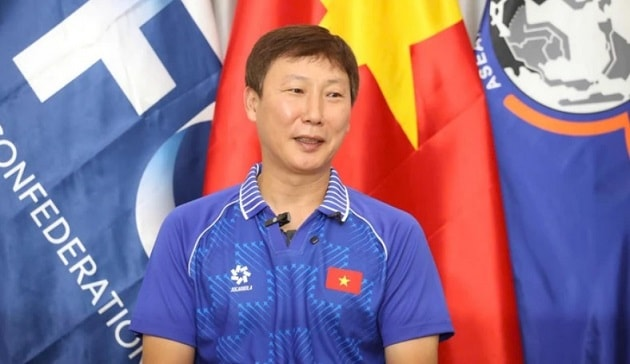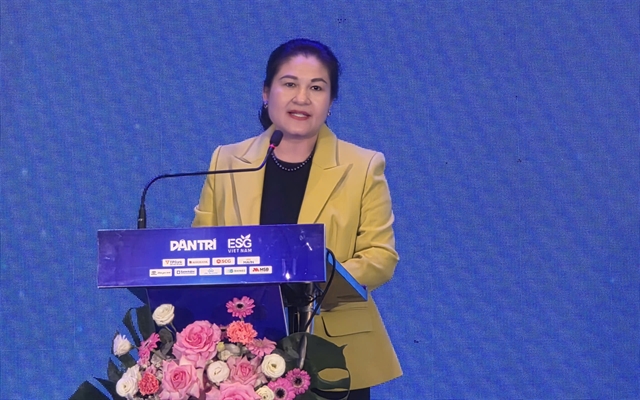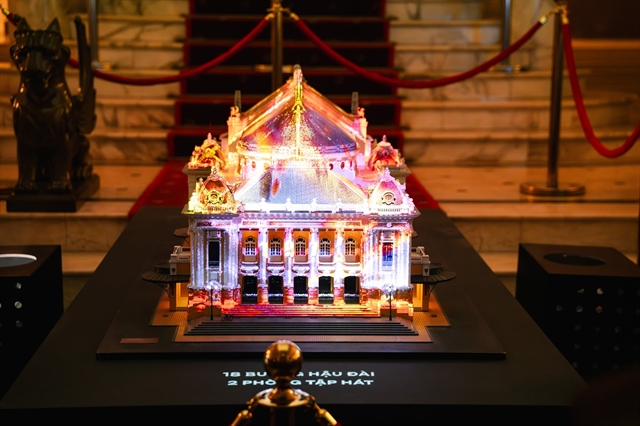 Life & Style
Life & Style
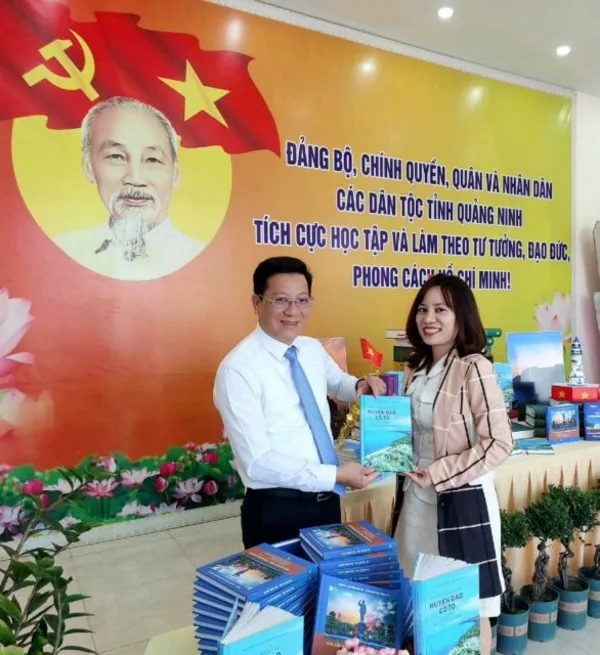
The use of biologics such as platelet-rich plasma (PRP), mesenchymal stem cells or growth factors in the orthopedic office setting is becoming more common due to an increased demand for alternative methods of non-surgical management of soft-tissue and musculoskeletal conditions.
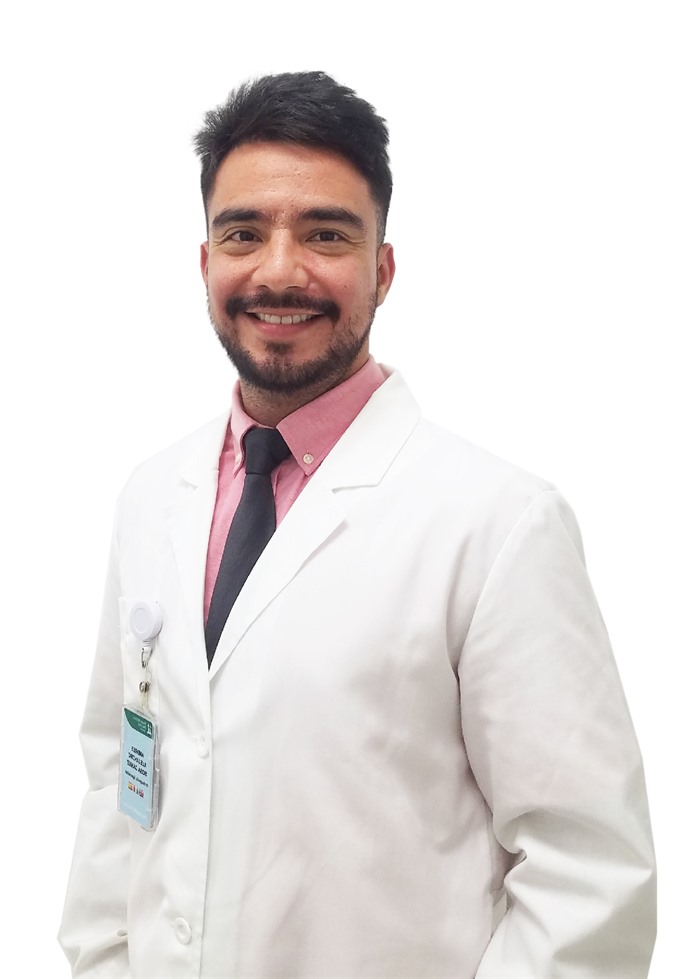 |
| Dr Andres Sosa. — Photo courtesy of Family Medical Practice |
By Dr Andres Sosa*
The use of biologics such as platelet-rich plasma (PRP), mesenchymal stem cells or growth factors in the orthopedic office setting is becoming more common due to an increased demand for alternative methods of non-surgical management of soft-tissue and musculoskeletal conditions.
Famous athletes like Tiger Woods, Rafael Nadal, Lionel Messi and Cristiano Ronaldo have received PRP injections for various problems such as sprained knees and chronic tendon injuries. These types of conditions have typically been treated with medication, physical therapy or even surgery. Some athletes have credited PRP with their being able to return more quickly to competition.
Blood is mainly a liquid called plasma but it also contains small solid components: red cells, white cells and platelets. The platelets are best known for their importance in clotting blood. However, platelets also contain hundreds of proteins called growth factors which are very important in the healing of injuries.
PRP is plasma but with many more platelets than what is typically found in our blood. The concentration of platelets and growth factors in PRP can be 5 to 10 times higher than usual.
After taking a blood sample (usually 15ml), PRP preparation separates the platelets from other blood cells during a sterile process called centrifugation. The concept is attractive because the patient’s own blood is used under sterile conditions, limiting the possibilities for disease transmission and infections.
In simple words, what PRP does is to boost our own healing processes. Laboratory studies have shown that the increased concentration of growth factors in PRP can potentially speed up the repair process of our tissues. To boost healing, the injury site is treated with the PRP preparation. This can be done in one of two ways: PRP can be carefully injected into the injured area or it can also be used to improve healing after surgery for some injuries.
For more advice on any medical topics, visit Family Medical Practice Hanoi at: 298 I Kim Mã Street, Ba Đình District. Tel: (024) 3843 0748. E: hanoi@vietnammedicalpractice.com.
FMP’s downtown Hồ Chí Minh location is at Diamond Plaza, 34 Lê Duẩn, District 1; 95 Thảo Điền Street, District 2. Tel: (028) 38227848. E: hcmc@vietnammedicalpractice.com
FMP Đà Nẵng is located at 96-98 Nguyễn Văn Linh Street, Hải Châu District, Đà Nẵng. Tel: (0236) 3582 699. E: danang@vietnammedicalpractice.com
www.vietnammedicalpractice.com | www.care24h.com.vn

